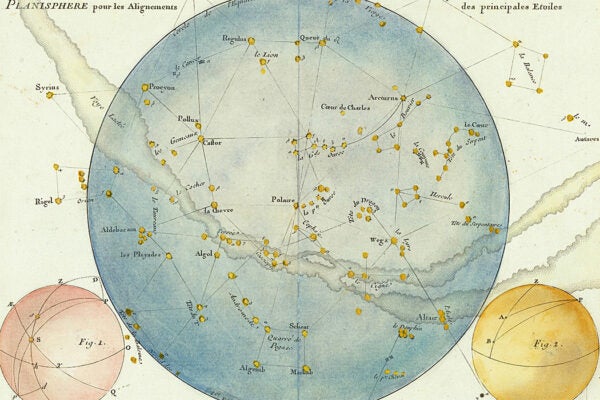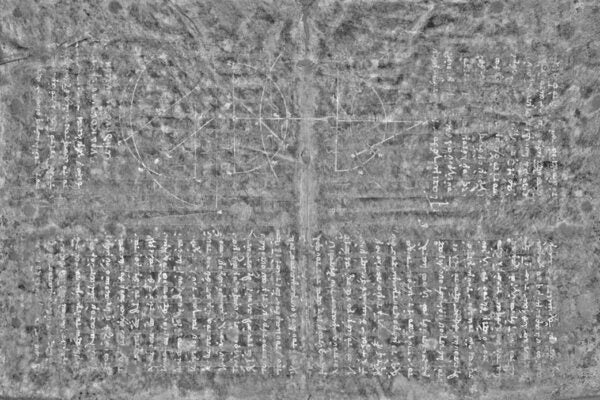A new study suggests that planting trees—a trillion trees, in fact—might be enough to limit climate change. It seems like an easy, relatively uncontroversial approach to an otherwise complex problem. According to a study by scientist Duncan C. McKinley et al., however, even tree planting comes with complications.
Trees are an extremely effective carbon-sequestering mechanism. Through photosynthesis, trees literally remove carbon dioxide from the air. With the aid of water and sunlight, they replace much of that carbon dioxide with oxygen. While some carbon is returned to the atmosphere through respiration and the decay of fallen leaves, much of the carbon is stored in the woody trunk. As long as that tree is standing, the carbon is out of the atmosphere, or sequestered. Carbon storage usually increases in forest soils as well.
The deforestation of North America over the centuries has created a massive carbon debt. More recently, due to economic changes, forests have regrown naturally across parts of the United States, recapturing some of that lost carbon but not nearly all. For carbon storage, maintaining existing forests is most efficient, but planting forests where they used to stand is next best.
So much land has been converted into other uses, however, that reforestation on a large scale requires tradeoffs. To truly plant a trillion trees, some agricultural land would have to be converted into forest, reducing food production. If trees are planted in areas that traditionally didn’t have them, such as meadows, ecosystem services and biodiversity might be lost in those habitats. Trees need a lot of water, sometimes requiring expensive irrigation. Another factor to consider is what kind of trees to plant; large monocultures might help carbon storage but will not function as real forests.
New forests require management. In a natural system, carbon lost when trees burn in forest fires is quickly re-sequestered by new growth. Devastating forest fires, however, can rapidly release vast quantities of carbon. Proper fire management can limit these risks. But the carbon implications of fire management methods such as thinning are unclear.
Weekly Newsletter
Growing trees may sequester the largest amount of carbon, but harvesting the trees releases the carbon. In managed forests (where simply leaving the forest alone is not feasible), increasing the intervals between harvests and avoiding clear cuts can increase carbon storage. Using felled trees for biofuel is efficient. McKinley et al. also recommend replacing steel with wood in building. Steel production is carbon intensive, and carbon can remain stored in a structural beam almost as easily as in a tree. (Carbon will be released from storage in a tree if the tree is burned, left to rot, or used for a disposable purpose like fuel. A tree that is converted into a structural beam, furniture, or some other long-lasting, maintained wood product will continue to store carbon in its new form so long as the product is in use.
For large-scale tree-planting to succeed, the economics and landscape level-land use implications must be considered. McKinley and his fellow researchers suggest that reforestation will be most effective when stored carbon is made economically valuable, maybe through subsidies for standing forests.







